✓ Joining us on our Whatsapp Channel: 💬 Explore and Escape!.
Booking through us:
✓ 🏩 🛌 Handpicked Luxury Stays in Budget: Booking.com | Agoda.com
✓ 🍹⛱️ Deals on Private xfers, SIM Cards, City tours, Day trips : 📍🗺️ GetYourGuide | 🛵🧳 Klook
com/landmarks/oceania-landmarks/landmarks-of-australia/”>landmarks in South America, you’d know there are quite a few of them are here in Bolivia.
Bolivia’s rugged terrain is a canvas painted with magnificent natural landmarks, where towering peaks, deep valleys, and crystalline lakes create a symphony of stunning beauty.
1. Salar de Uyuni
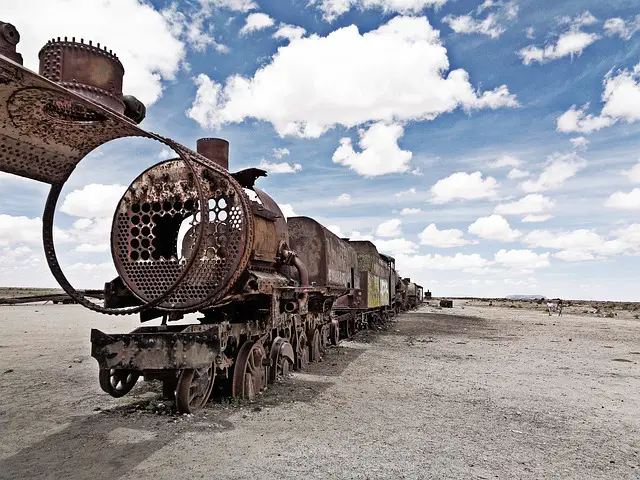
The Salar de Uyuni is the largest salt flat in the world, located in Bolivia.
What to see or do: The main attraction is the stunning landscape, with the white expanse of salt extending as far as the eye can see.
Visitors can take a tour of the salt flats and explore fascinating sights such as the Isla Incahuasi, a rocky island covered in cacti.
You can also marvel at the natural wonders of the Salar, such as the Mirror Effect, where the salt flats perfectly reflect the sky.
Don’t miss: Catching a breathtaking sunset over the salt flats is a must-see experience.
Insider travel tips: Make sure to bring sunglasses, sunscreen, and plenty of water as the reflection from the sun on the salt flats can be intense.
Also, consider visiting during the rainy season (December to April) when the salt flats transform into an endless mirror-like expanse.
2. Lake Titicaca
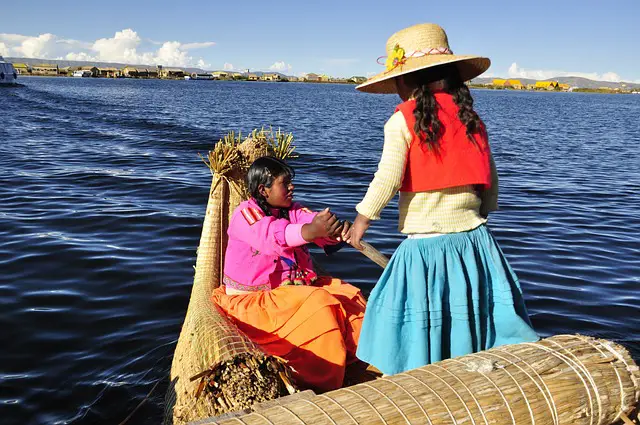
Lake Titicaca is a large, deep, freshwater lake situated in the Andes Mountains on the border of Peru and Bolivia.
What to see or do: Take a boat tour to explore the Uros Floating Islands.
Don’t miss: – Witnessing the stunning colors of the sunset over the lake.
Insider travel tips: – Altitude sickness can be a concern for visitors to Lake Titicaca due to its high elevation, so take it easy and drink plenty of water.
3. Madidi National Park
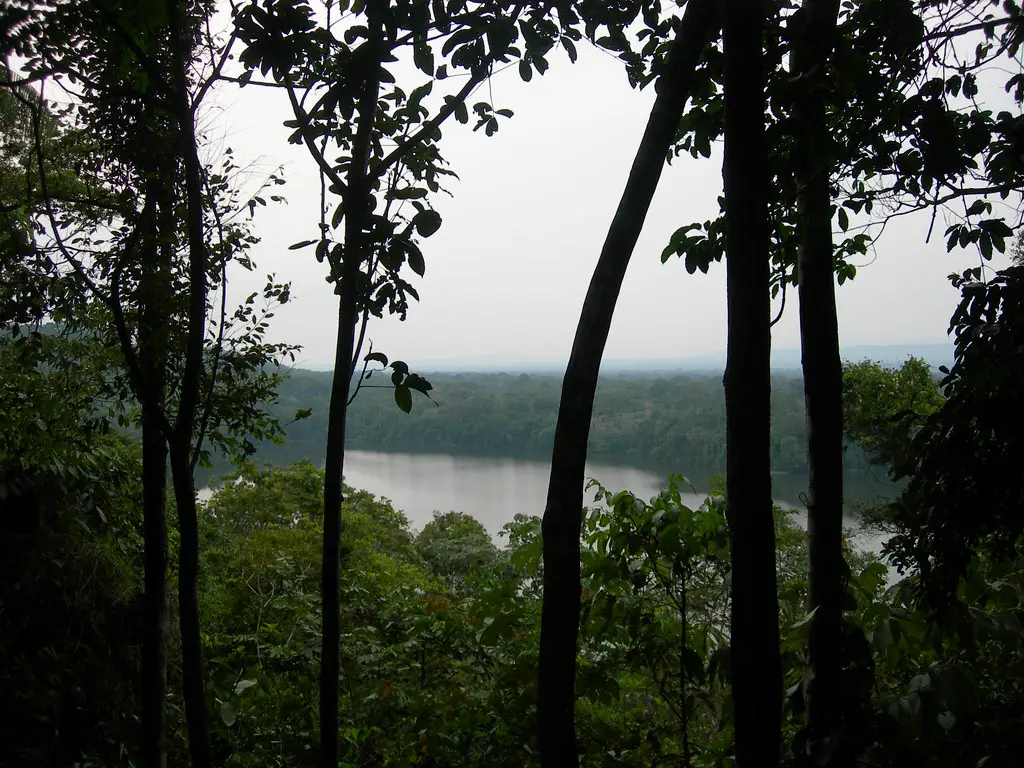
Madidi National Park is a protected area located in the Bolivian Amazon basin, covering an area of over 7,000 square miles.
What to see or do: The park boasts incredible biodiversity, with over 11,000 plant species, 1,000 bird species, and 200 mammal species, including jaguars, pumas, and giant otters.
Visitors can take guided hikes and boat tours to spot wildlife and explore the diverse ecosystems of the park.
Don’t miss: A visit to the Chalalan Ecolodge, located on the shores of Chalalan Lake, is a must.
The lodge was built by the indigenous community of San José de Uchupiamonas, and offers visitors an immersive experience in the heart of the jungle.
Insider travel tips: It’s recommended to visit between May and October, when the park experiences drier weather and better trail conditions.
Be sure to pack insect repellent and comfortable hiking shoes, as well as a good camera to capture all the amazing wildlife sightings.
4. Laguna Colorada
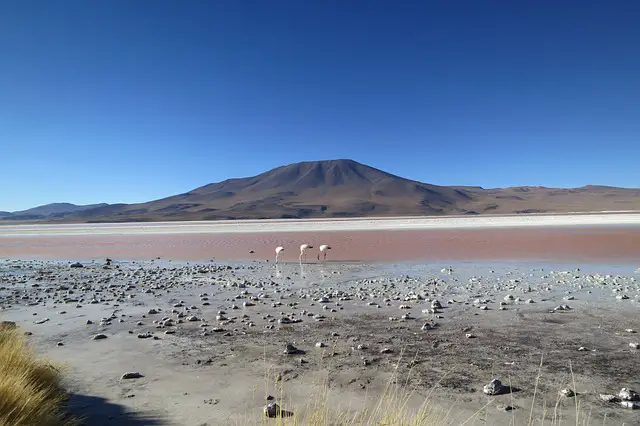
Laguna Colorada is a shallow salt lake located in the southwestern region of Bolivia.
What to see or do: The vibrant red color of the lake is due to the presence of red sediments and algae.
Visitors can take a walk around the lake to enjoy the surreal beauty and the unique wildlife that resides in and around the lake.
Flamingos are the star attraction here, and you can get up close to the flock for some great photos.
Don’t miss: The best time to see the flamingos in full force is during the dry season, which runs from April to November.
Additionally, be sure to visit the nearby geysers of Sol de Mañana, hot springs of Polques, and the other-worldly rock formations of Arbol de Piedra.
Insider travel tips: – At an altitude of over 14,000 feet, the air here is thin and crisp, so remember to drink plenty of water and take it easy to avoid altitude sickness.
5. Mount Illimani
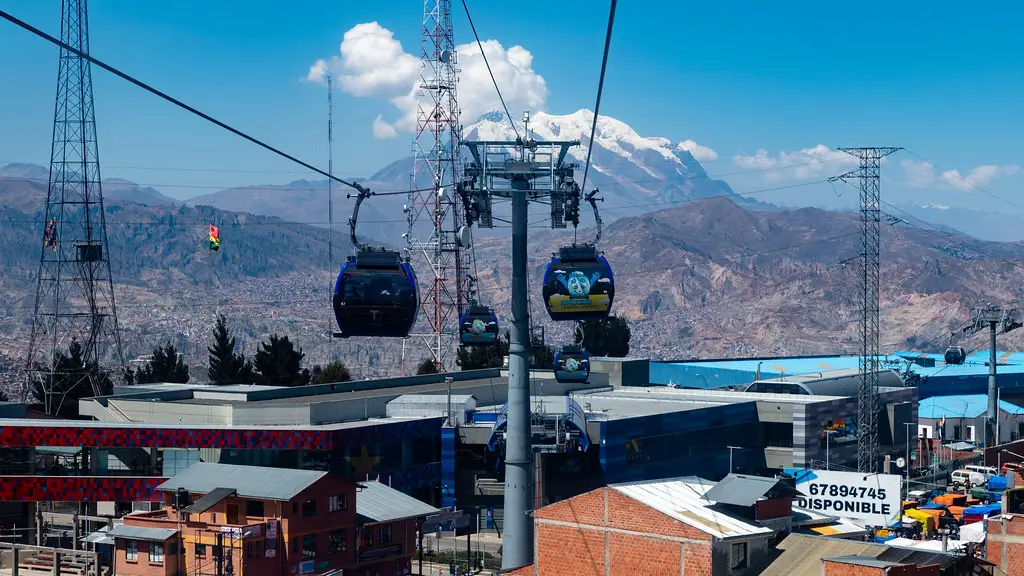
Mount Illimani is the highest mountain in the Cordillera Real range of the Andes in Bolivia, towering at 6,438 meters.
What to see or do: Hiking to the summit of Mount Illimani is a popular activity for adventurous travelers. There are also many nearby lakes and valleys to explore.
Don’t miss: The stunning views from the top of Mount Illimani offer a breathtaking reward for those who make the climb.
Insider travel tips: Make sure to acclimatize before attempting the climb, as the altitude can be challenging. It’s also recommended to hire a local guide for safety and to make the most of your experience.
Be prepared for changing weather conditions, as the mountain can be subject to sudden storms.
6. Amboro National Park
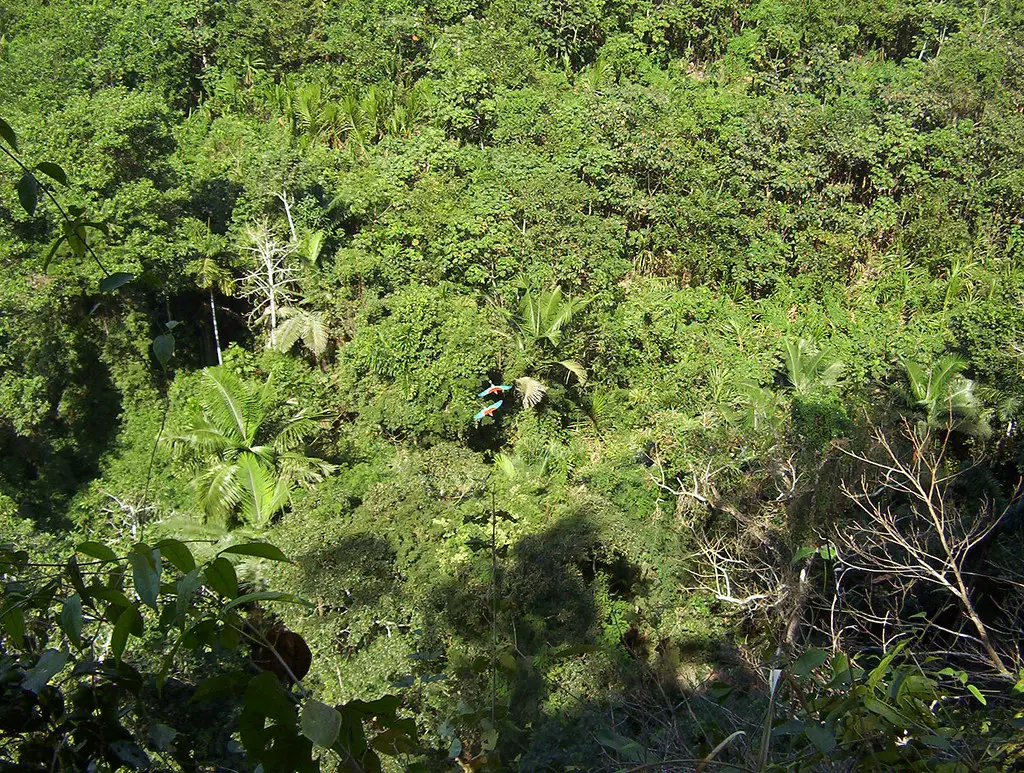
Amboro National Park is a protected area located in central Bolivia, covering an area of over 4,000 square kilometers. The park is known for its impressive biodiversity and unique landscapes.
What to see or do: Explore the lush rainforest, see the towering cliffs and canyons, and spot a variety of wildlife including jaguars, tapirs, monkeys and over 800 bird species.
Take part in guided hikes or camping trips to fully immerse yourself in the natural beauty of the park.
Don’t miss: The crystal-clear waterfalls of the Cuevas and Espejillos rivers, the stunning views from the Pailón del Diablo lookout point and the vast array of plant species, including 860 types of orchids.
Insider travel tips: Bring plenty of insect repellent as the mosquito population can be quite dense. Be sure to pack sturdy walking shoes and lightweight clothing to stay cool and comfortable on hikes through the park.
Consider hiring a guide to help navigate the park’s sprawling trails and spot elusive wildlife.
7. Yungas Road
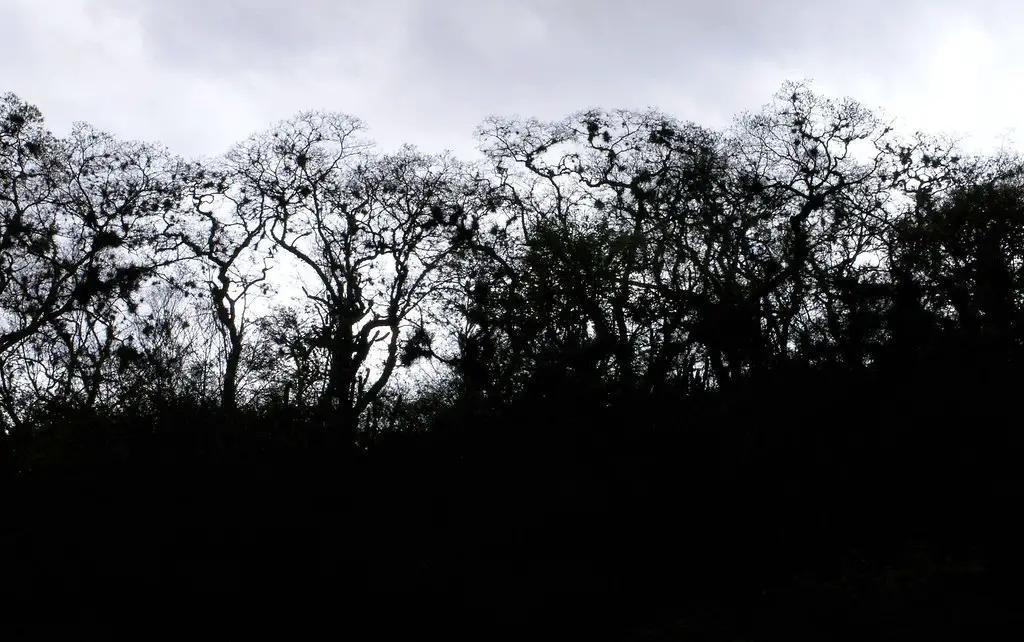
A notorious and treacherous road in Bolivia, also known as the “Death Road”.
What to see or do: Drive, bike or hike along the narrow and winding road amidst stunning Andean scenery.
Don’t miss: The adrenaline rush of navigating the steep drops, hairpin turns, and narrow pathways that make Yungas Road so infamous.
Insider travel tips: If you’re not an experienced driver, it’s best to hire a professional driver or take a guided tour for safety. Also, remember to wear protective gear and take precautions while driving or biking along the road.
Finally, be sure to stop at the various viewpoints along the way to take in the incredible views of the Andean mountains and lush forests.
8. Cerro Rico
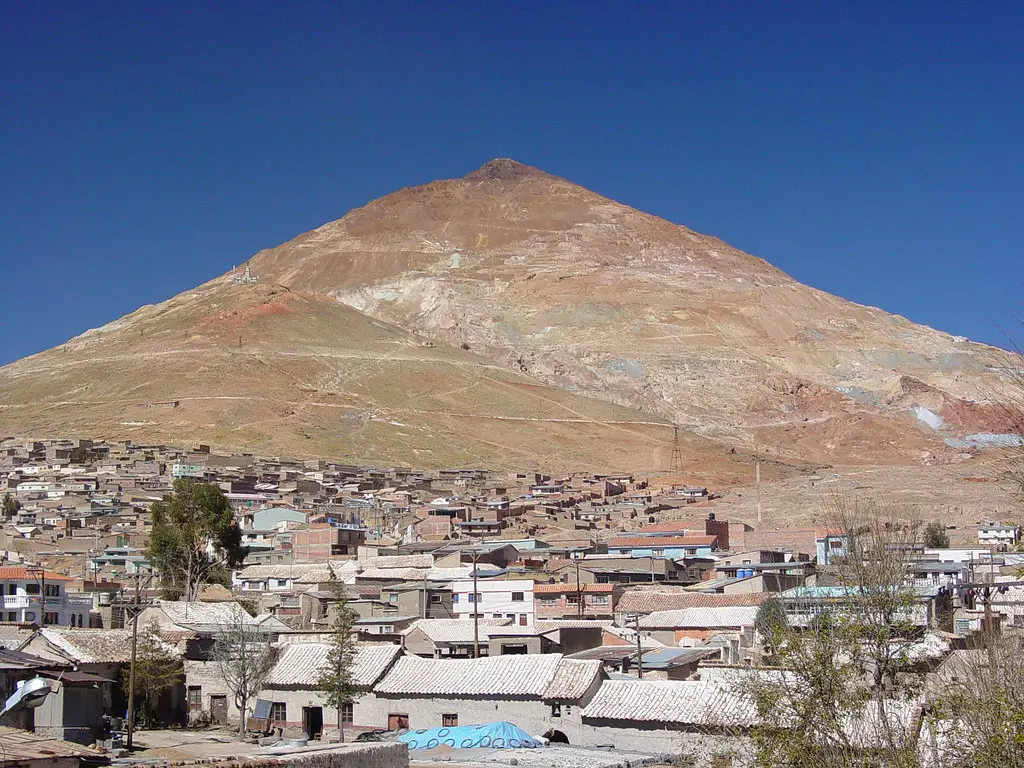
Cerro Rico, also known as the “rich mountain,” is a mountain in Bolivia that has been one of the world’s largest silver deposits since the 16th century.
What to see or do: Visit the Potosí Silver Mines to witness the backbreaking labor of the Bolivian miners who work to extract silver and other minerals from the mountain.
The mines are still active and visitors can tour them with a guide.
Don’t miss: The opportunity to purchase handcrafted jewelry and souvenirs made from the silver extracted from Cerro Rico. The local artisans are skilled in creating intricate pieces using traditional techniques.
Insider travel tips: Be prepared for the high altitude in Potosí, as the city sits at an elevation of over 13,000 feet. It is also recommended to bring warm clothing and sturdy shoes for the mine tour.
Consider hiring a reputable guide for the tour and support the local economy by purchasing souvenirs directly from the artisans.
9. Torotoro National Park

Torotoro National Park is a protected natural area located in the Andean region of Bolivia. It is home to a variety of ecosystems and geological formations that make it a unique destination for visitors.
What to see and do: Explore the labyrinthine limestone caves that are a signature of the park’s geology, such as the Umajalanta Cave and the Vergel Cave.
Marvel at the impressive dinosaur footprints that can be found all over the park, some of which are over 100 million years old.
Take a dip in the refreshing natural pools and waterfalls, or go for a hike to spot the park’s unique flora and fauna.
Don’t miss: The Ciudad de Itas, an ancient rock formation that resembles a city carved into the rocks by pre-Hispanic civilizations. The viewpoint at El Vergel, which offers stunning panoramic views of the park’s canyons and rock formations.
The Torotoro village market, where you can find handicrafts made by local communities.
Insider travel tips: – Make sure to bring comfortable hiking shoes as the park’s terrain can be quite rugged.
10. Los Volcanes National Park
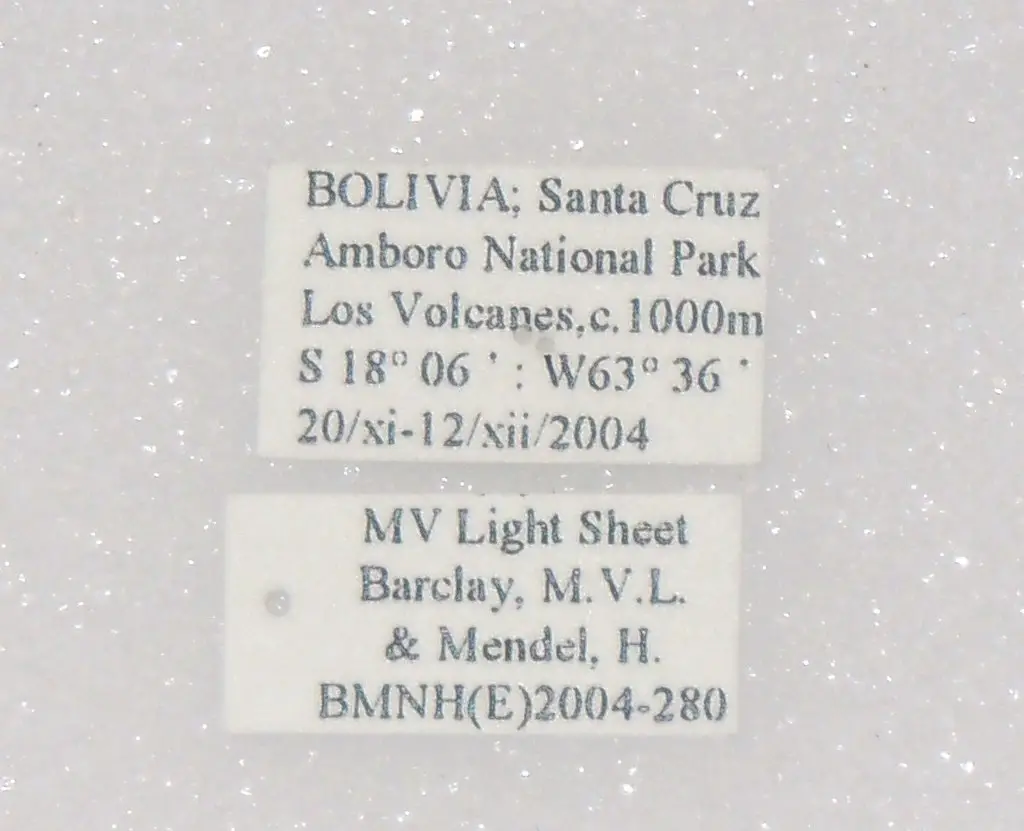
Los Volcanes National Park is a protected area in El Salvador that encompasses two of the country’s most iconic volcanoes – Santa Ana and Izalco.
What to see or do: The park offers a plethora of outdoor activities for adventure enthusiasts, including hiking, trekking, and volcano climbing. You can hike the trail to Santa Ana’s crater, which offers stunning views of the volcanic valley below.
Izalco is a great spot for birdwatching and camping amidst the lush green landscape.
Don’t miss: Make sure you catch the sunset from the top of Santa Ana, which is an awe-inspiring sight. Also, don’t forget to explore the nearby towns of Nahuizalco and Juayua, famous for their vibrant markets and rustic architecture.
Insider travel tips: It’s best to visit Los Volcanes National Park during the dry season from November to April when the weather is pleasant, and the trails are less muddy.
Pack warm clothes as the temperatures can drop at high altitudes. Stay overnight in the park to experience the tranquil atmosphere and witness the stars twinkling against the dark night sky.
11. Tiwanaku
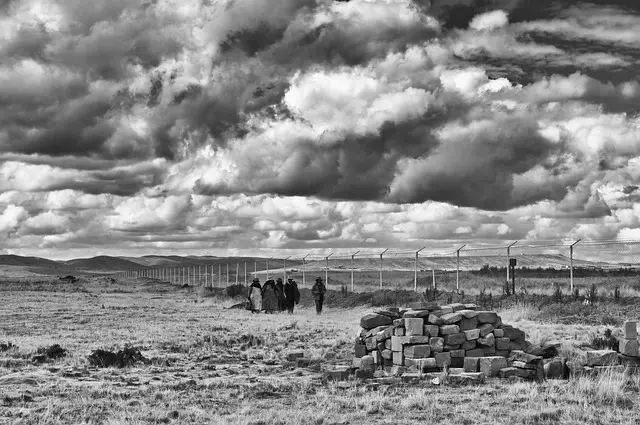
Tiwanaku is an archaeological site located in Bolivia, which was once the capital of a pre-Columbian civilization that existed from 400-1000 AD.
What to see or do: Explore the impressive ruins of the city, including the Temple of Kalasasaya, the Akapana Pyramid, and the Sunken Courtyard.
Don’t miss: The iconic Gateway of the Sun, a massive stone gate featuring intricate carvings that is believed to have been a religious or astronomical symbol.
Insider travel tips: – Bring sunscreen and a hat as there is little shade at the site.
12. Cotapata National Park
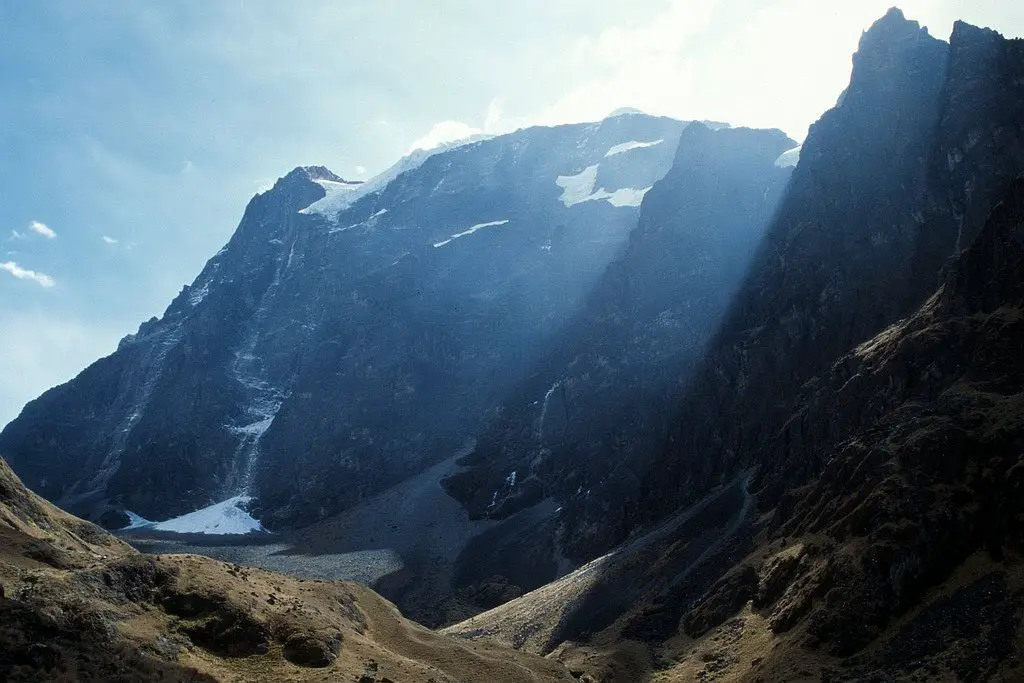
Cotapata National Park is a protected area in Bolivia, located in the La Paz Department, near the city of La Paz.
The park covers over 40,000 hectares of land and is home to a diverse array of flora and fauna.
What to see or do: Visitors to Cotapata National Park can enjoy a range of outdoor activities, including hiking, birdwatching, and wildlife spotting. The park is home to more than 1,000 species of birds, as well as jaguars, pumas, and spectacled bears.
Don’t Miss: One of the park’s most popular attractions is the Choro Trail, a multi-day trek that takes hikers through the Andes Mountains and past picturesque waterfalls, orchid fields, and cloud forests.
Visitors can also explore the park’s many rivers and scenic viewpoints.
Insider travel tips: – It’s recommended to visit with a guide or tour company, as the park’s rugged terrain can be difficult to navigate without an experienced local.
13. Eduardo Avaroa Andean Fauna National Reserve
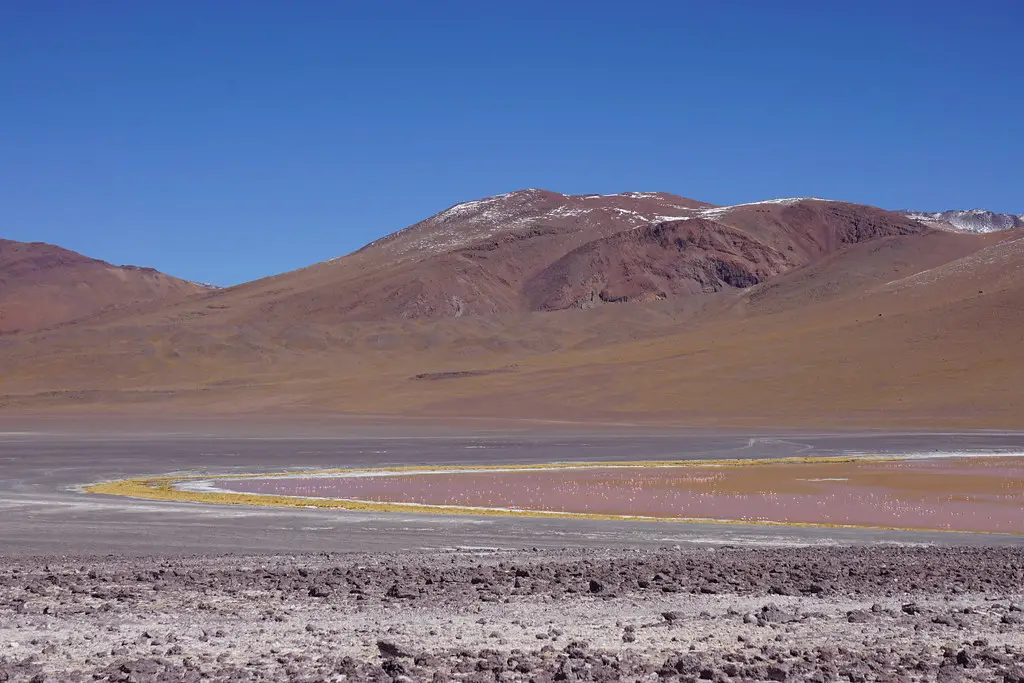
Eduardo Avaroa Andean Fauna National Reserve is a natural protected area located in the southwestern region of Bolivia, near the Chilean border.
What to see or do: Witness breathtaking landscapes of the Bolivian Altiplano, including geysers, hot springs, and colorful lakes.
Don’t miss: Laguna Colorada, a stunning red-colored salt lake surrounded by snowy volcanoes.
Insider travel tips: Due to the high altitude, it’s important to acclimatize to the area and drink plenty of water to avoid altitude sickness.
14. Tunari National Park
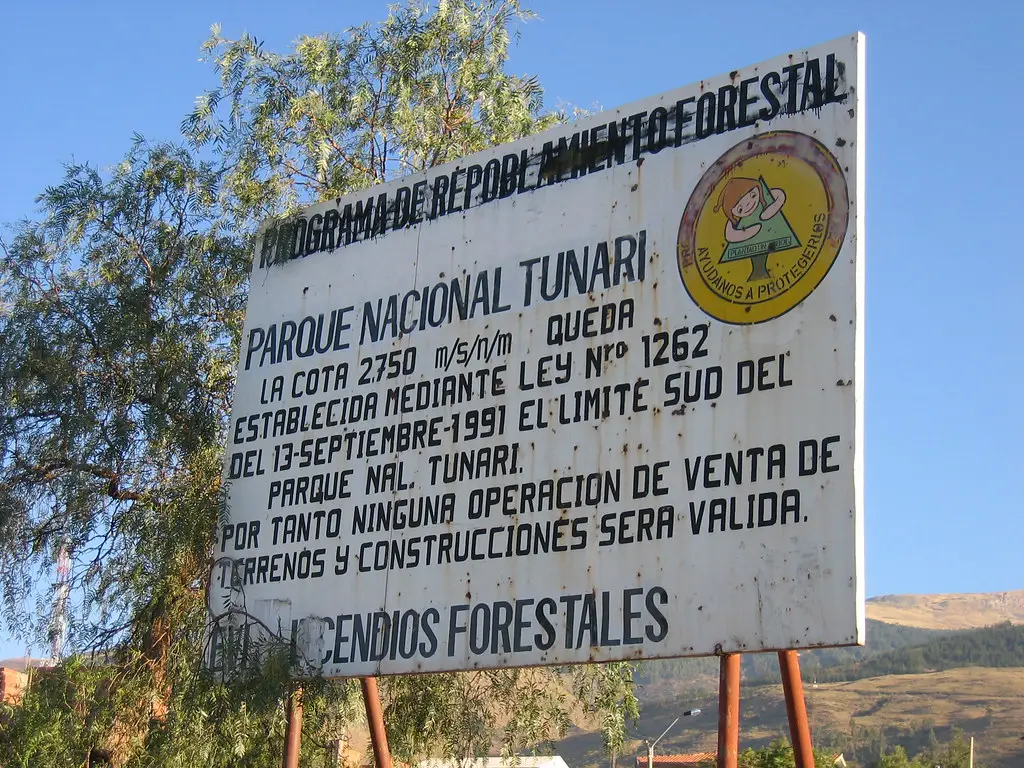
Tunari National Park is a protected area located in central Bolivia, covering a vast area of Andean mountain range and valleys.
What to see or do: Visitors can enjoy hiking and trekking through stunning landscapes with diverse flora and fauna, including llamas, alpacas, condors, and the iconic Andean spectacled bear.
The park also offers camping options amid snow-capped mountains, crystal-clear streams, and rolling meadows.
Don’t miss: One of the highlights of Tunari National Park is climbing Cochabamba Mountain, one of the highest peaks in the region, located at an altitude of 4,950 meters.
Also, the spectacular scenery of valleys, forests, and wildflower meadows during the spring season is a must-see.
Insider travel tips: To get the most out of your visit, it is recommended to hire a local guide who can share their knowledge about the flora and fauna of the area.
Make sure to bring enough warm clothing, especially at night, as temperatures can drop significantly. And, lastly, check the weather forecast and be prepared for changes in weather conditions.
15. Pico del Norte
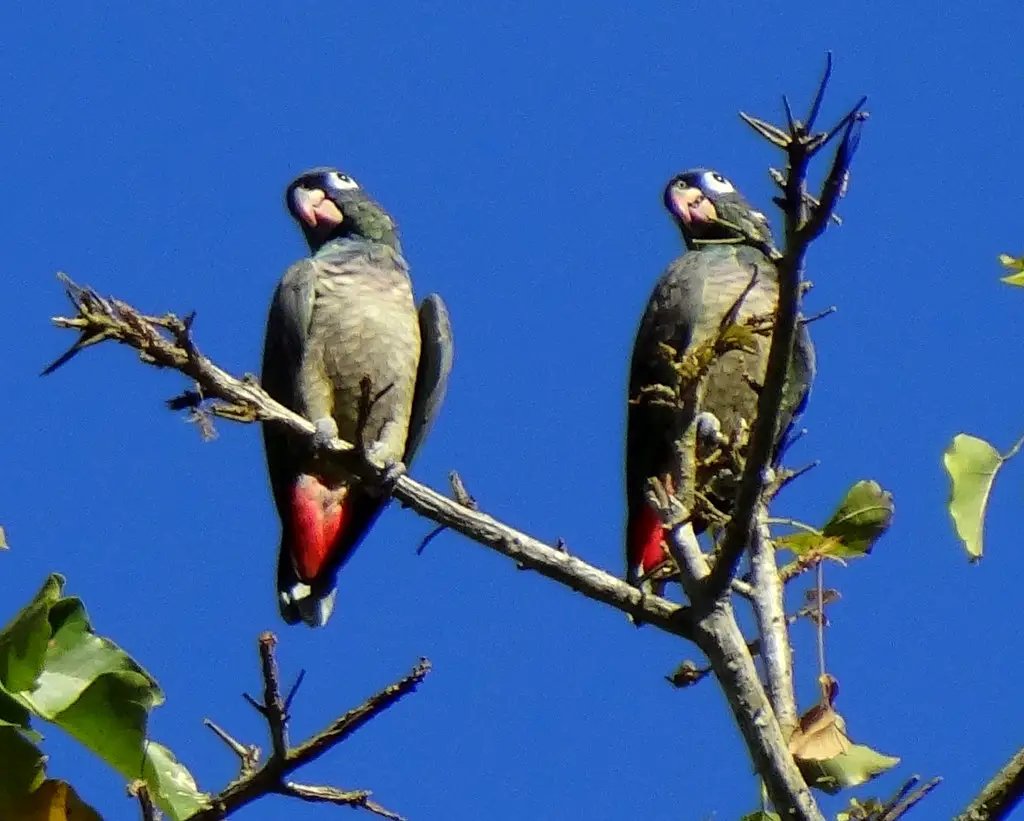
Pico del Norte is a stunning mountain peak located in the heart of Tenerife Island, the largest of the Canary Islands of Spain.
What to see or do: The mountain peak attracts hikers and adventure enthusiasts from all over the world.
The hiking trail leading to the summit of the peak is not only challenging but also rewards you with breathtaking panoramic views of Tenerife Island and the Atlantic Ocean.
Don’t miss: Don’t miss the opportunity to witness the magical sunrise from the summit of Pico del Norte. The beautiful hues of oranges and pinks as the sun rises above the horizon is a sight to behold.
Insider travel tips: – It is advised to start the hike early in the morning to avoid extreme heat during the day.
16. Apolobamba Integrated Management Natural Area
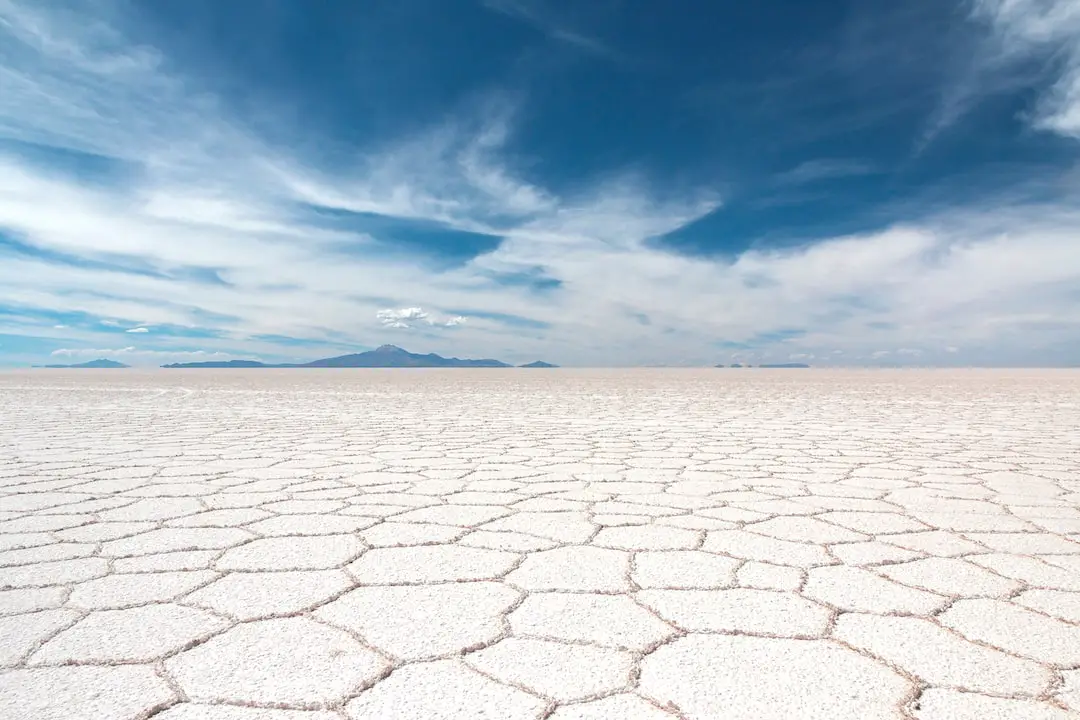
\nWhat to see or do: Explore the diverse flora and fauna, including rare Andean species like the Andean bear and the vicuña. You can also hike through the beautiful mountains and valleys of the area.
\nDon’t miss: Visiting the local communities that live in the area and learning about their traditional way of life, which has been preserved for centuries.
\nInsider travel tips: Since the area is remote and has limited infrastructure, it’s advisable to come prepared with all the necessary supplies and equipment.
Also, keep in mind that the altitude can be challenging, so make sure to give yourself enough time to acclimate before engaging in strenuous activities.
17. Laguna Verde
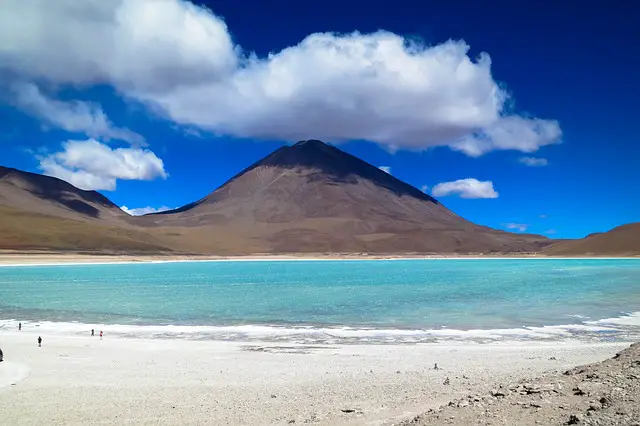
A bright green salt lake located at the foot of the Licancabur volcano in the Atacama Desert of Chile.
What to see or do: Admire the striking emerald color of the lake contrasting against the dramatic landscape, take in the views of the Licancabur volcano and the Andes mountains, and go for a hike or a trek in the surrounding area.
Don’t miss: A visit to the nearby geothermal field of Sol de Mañana, where you can see active geysers, bubbling mud pools and fumaroles.
Insider travel tips: Bring sunscreen, sunglasses and warm clothing, as the weather can change quickly in the desert. Also, make sure to acclimatize properly to the altitude before attempting any hikes or treks in the area.
Finally, respect the local flora and fauna and don’t leave any trash behind.
18. Laguna Hedionda
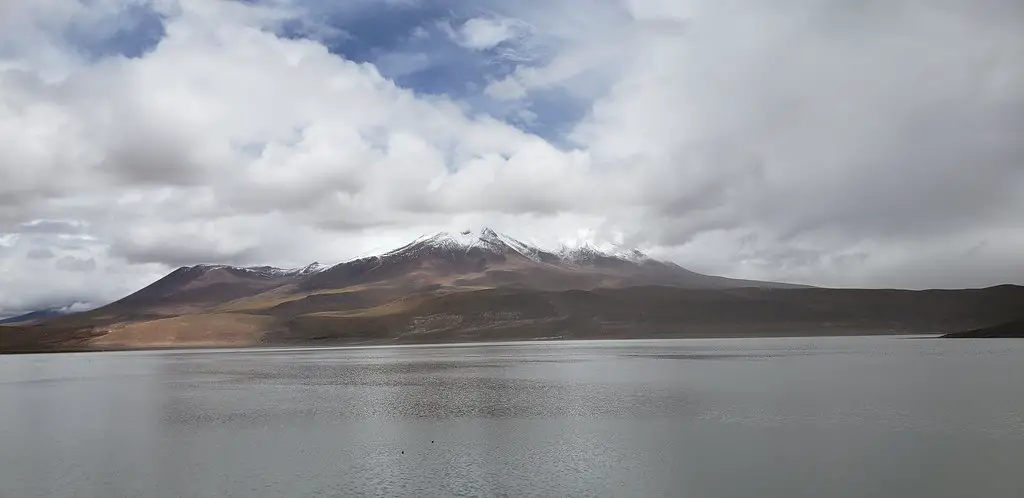
Laguna Hedionda is a high altitude saltwater lagoon located in the southwest of Bolivia, in the department of Potosí.
What to see or do: This lagoon is a nature lover’s paradise, with stunning views of the surrounding mountains and the Andean Flamingos wading through the waters.
Visitors can also witness herds of llamas and vicuñas grazing in the nearby pastures.
Don’t miss: The sunrise and sunset at the Laguna Hedionda are incredibly breathtaking, with the bright oranges and pinks illuminating the lagoon’s surface.
Make sure to bring a camera to capture this magical moment.
Insider travel tips: Try booking a stay in one of the nearby lodges to fully take in the beauty of the lagoon. Also, remember to dress warmly and use sun protection, as the high altitude can cause extreme weather conditions.
19. Laguna Blanca
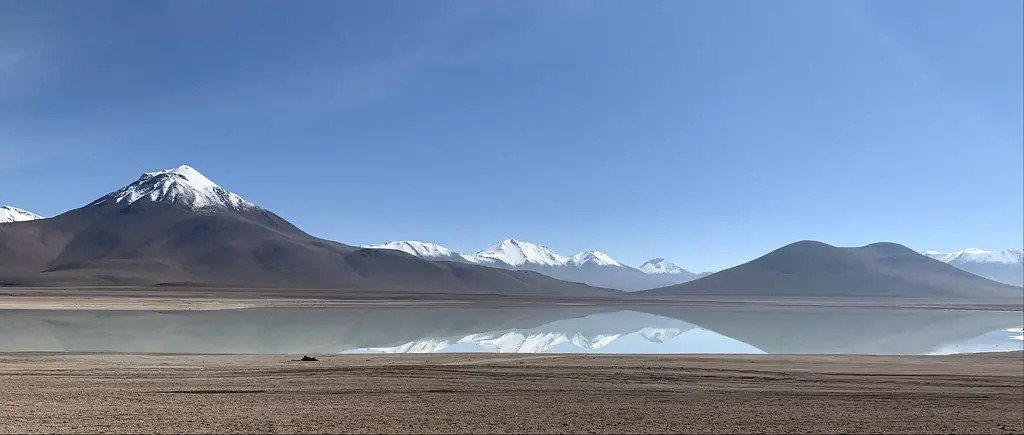
A pristine glacial lake located in the Argentine Patagonia region.
What to see or do: Take a guided hike around the lake, go kayaking, or simply relax and admire the stunning views of the turquoise water and snow-capped mountains.
Don’t miss: The opportunity to see the lake at sunrise or sunset, when the colors of the water and sky are most spectacular.
Insider travel tips: Be sure to bring warm clothing, as temperatures can be chilly even in the summer months. If you’re planning on hiking, book a guide in advance to ensure the best experience.
And don’t forget your camera – this is one of the most picturesque spots in Patagonia!
20. La Paz Canyon
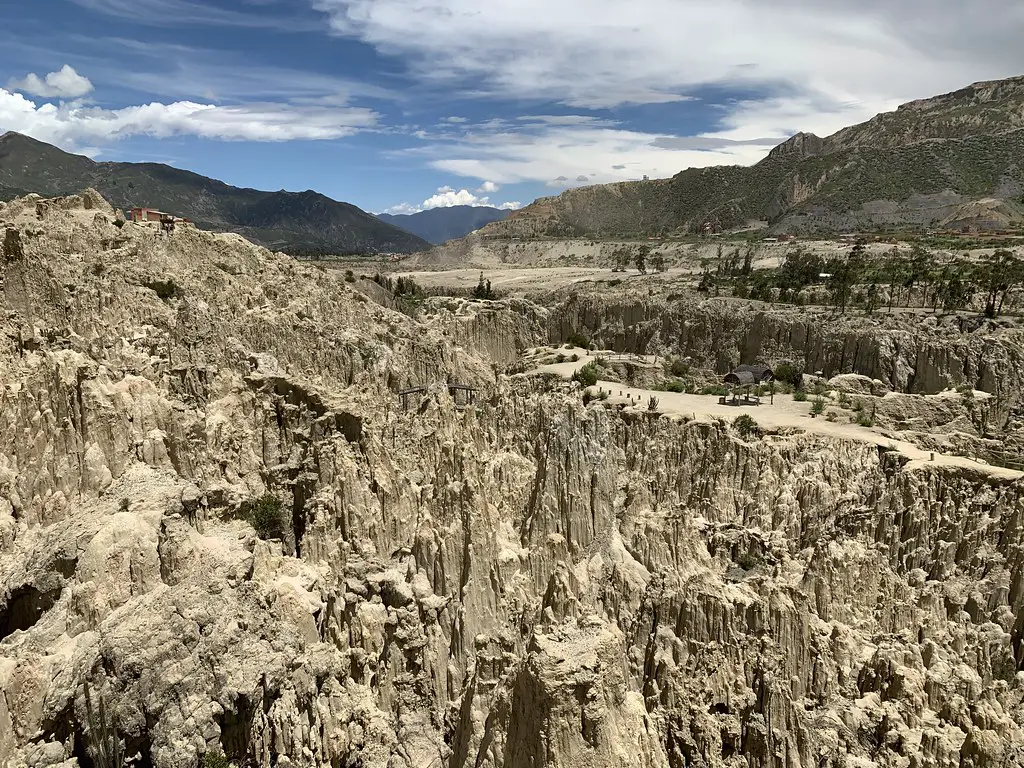
La Paz Canyon is a stunning natural wonder located in the Sierra de la Laguna Biosphere Reserve in Baja California Sur, Mexico.
What to see or do: Visitors can explore the unparalleled beauty of the canyon by hiking, horseback riding or cycling along the scenic trails. The winding streams and pristine waterfalls offer an opportunity to experience the unspoiled natural environment.
Don’t miss: Don’t miss taking a dip in the refreshing cool waters of the natural pools, which are tucked away in the heart of the canyon.
Insider travel tips: Be sure to pack plenty of water, sunscreen, and sturdy shoes for your trek through the canyon.
21. San Pedro Cave
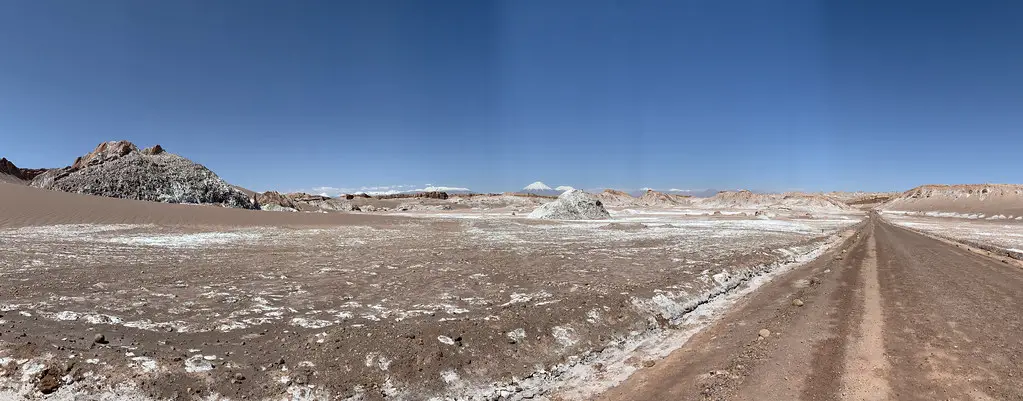
San Pedro Cave is a limestone cave system located in Tulum, Mexico.
What to see or do: Explore the fascinating cave system and marvel at the beautiful natural rock formations, underground rivers, and crystal-clear pools. You can also enjoy a refreshing swim in the cave’s freshwater lake.
Don’t miss: Don’t miss the chance to see the incredible stalactites and stalagmites that have formed over thousands of years. Keep an eye out for the blind white fish that swim in the cave’s underground river.
Insider travel tips: Wear comfortable shoes with good grip and bring a change of clothes if you plan to swim in the freshwater lake.
It’s recommended to take a guided tour to fully appreciate the site and learn about its history and significance. Don’t forget to bring a camera to capture the stunning natural beauty of the cave.
22. Paititi
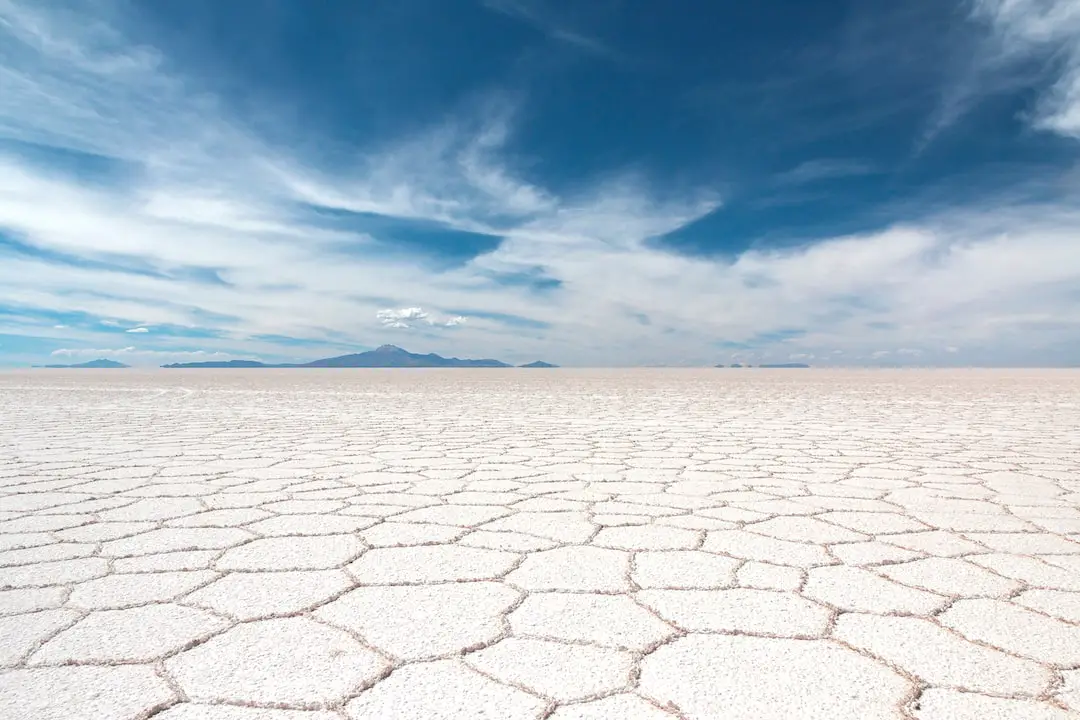
Legendary lost city of the Incas, said to be filled with gold and treasures.
What to see or do: As the city has never been found, there is nothing to see or do at Paititi.
Don’t miss:
Insider travel tips: While there have been many claims of Paititi’s discovery, none have been substantiated. If searching for Paititi, be prepared to explore dense jungles and remote locations that may be perilous.
It’s advised to hire an experienced guide familiar with the area.
23. Patapatani Lake
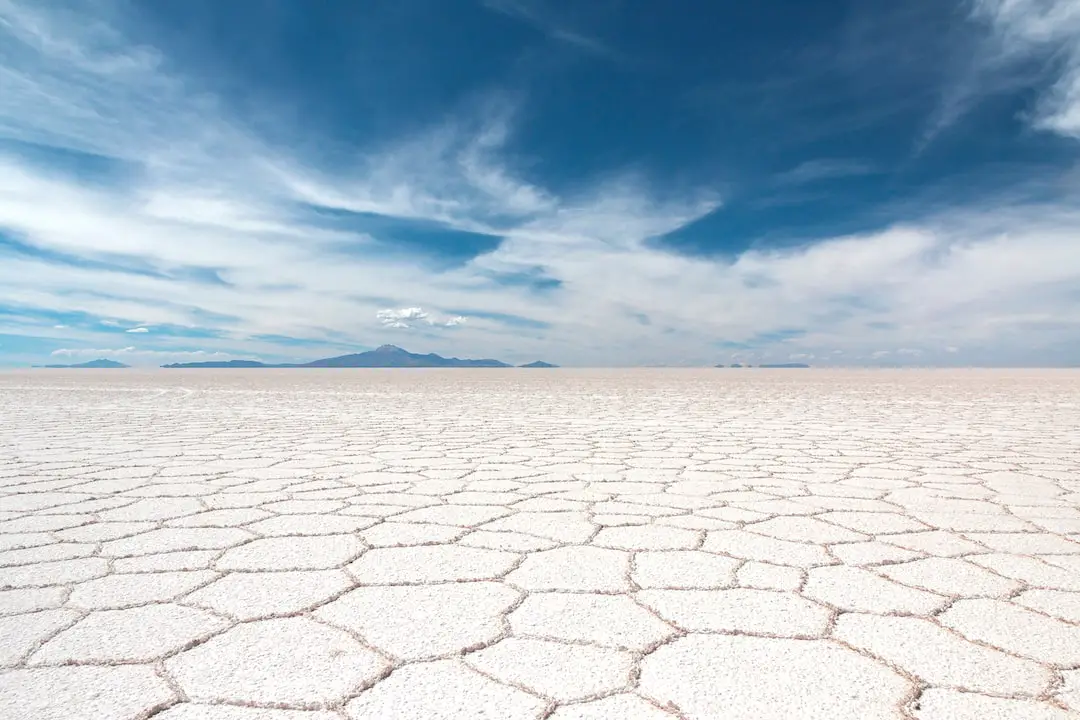
Patapatani Lake is a stunning high-altitude lake located in the Indian state of Arunachal Pradesh.
What to see or do: The lake offers spectacular views of the snow-capped Himalayan peaks in the distance. Visitors can trek around the lake or even camp here for a night.
The surrounding lush green forests are home to diverse flora and fauna, making it an ideal spot for nature lovers.
Don’t miss: The experience of witnessing the sunrise or sunset over the pristine lake is truly magical.
The reflections of the surrounding mountains in the crystal-clear waters of the lake create a stunning view that is not to be missed.
Insider travel tips: – The best time to visit Patapatani Lake is between the months of May to October when the weather is pleasant and the skies are clear.
24. Maragua Crater
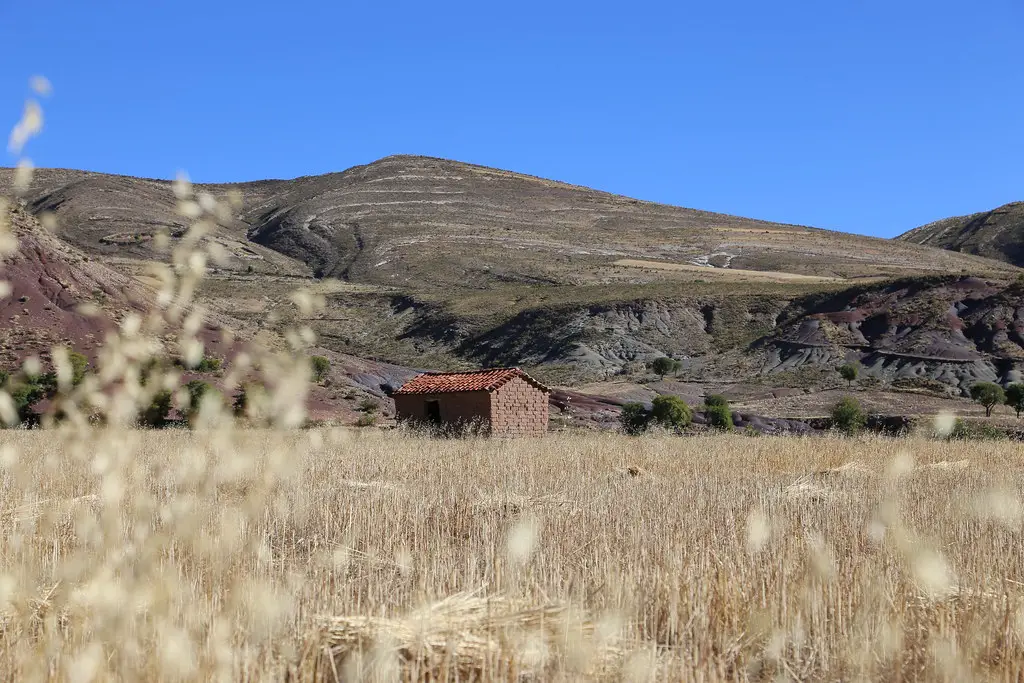
A natural formation in Bolivia’s Chuquisaca Department, known as the Maragua Crater.
What to see or do: Hike around the crater and take in the stunning views of the surrounding mountains and lush valleys. Visit the nearby dinosaur tracks and explore the quaint village of Maragua, known for its traditional textiles and crafts.
Don’t miss: The opportunity to go paragliding and see the crater from a bird’s-eye view. Also, make sure to try some local dishes, such as the grilled trout and the empanadas.
Insider travel tips: Bring sturdy hiking shoes and plenty of water, as the terrain can be rough and the altitude can make the hike challenging for some.
Consider hiring a local guide to get the most out of your visit and to learn about the area’s rich history and culture.
Also, plan to visit during the dry season (May-October) for the best weather conditions.
25. Inka Trail
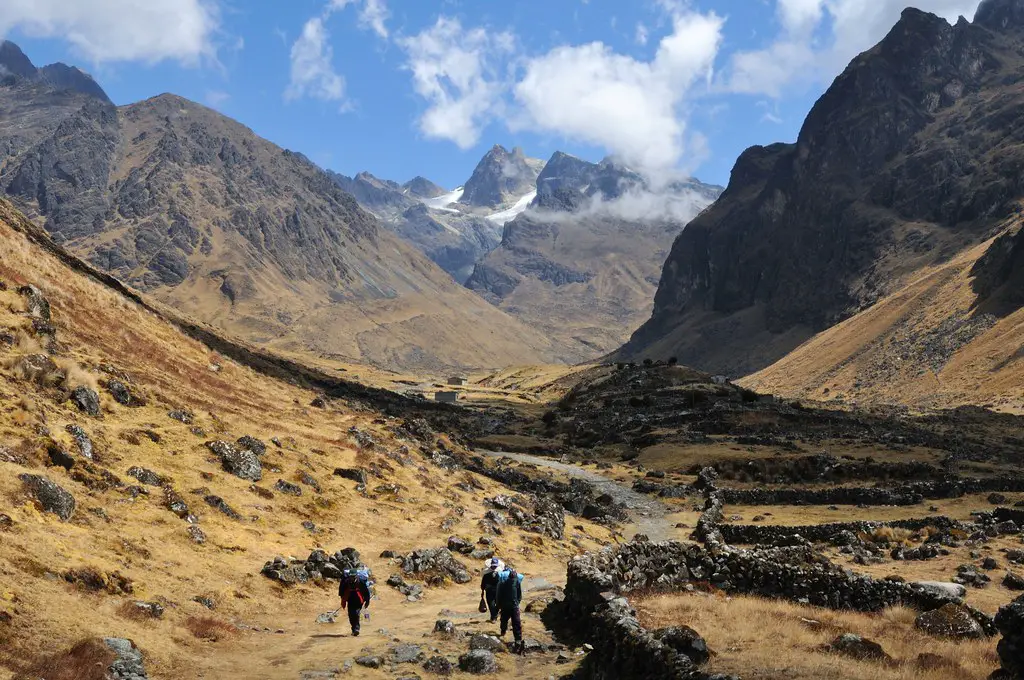
The Inka Trail is a famous trek in Peru that leads to the ancient city of Machu Picchu.
What to see or do: The trail takes you through stunning Andean scenery, including snow-capped peaks, lush forests, and Inca ruins. Along the way, you’ll see impressive sites such as the Runkurakay ruins, the Sayacmarca complex, and the Phuyupatamarca ruins.
Don’t miss: The highlight of the trek is reaching Machu Picchu, an ancient Inca city perched on a mountain summit. Take time to explore the temples, terraces, and plazas of this incredible site.
Insider travel tips: – Book your trek well in advance, as permits are limited and can sell out quickly.
26. Lake Poopo
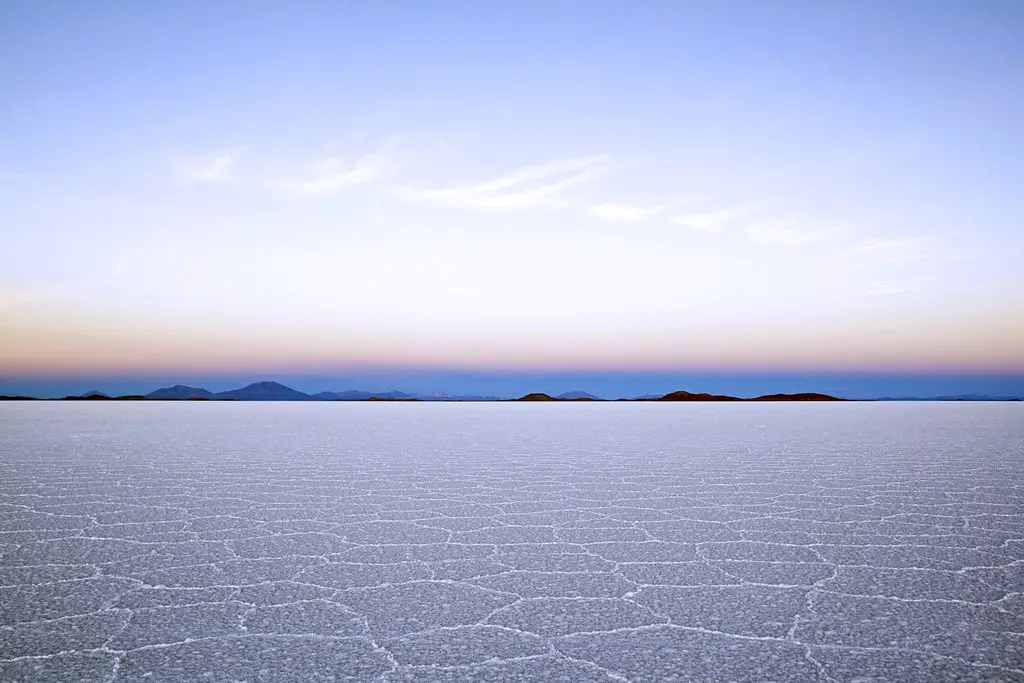
Lake Poopo is a saltwater lake located in the Andean Altiplano of Bolivia.
What to see or do: The lake is known for its unique ecosystem and wildlife, including flamingos, vicuñas and Andean gulls.
Visitors can take guided tours to explore the lake and its surroundings, which feature vast salt flats, hot springs, and wetlands.
Don’t miss: The Salar de Coipasa, a stunning salt flat situated near Lake Poopo and a popular destination for photography enthusiasts.
Insider travel tips: Be sure to bring warm clothes and plenty of water, as the altitude can cause temperature drops and dehydration.
It is also best to plan your visit during the dry season (May-October), as heavy rains can make the lake difficult to access.
27. Tariquia Flora and Fauna National Reserve
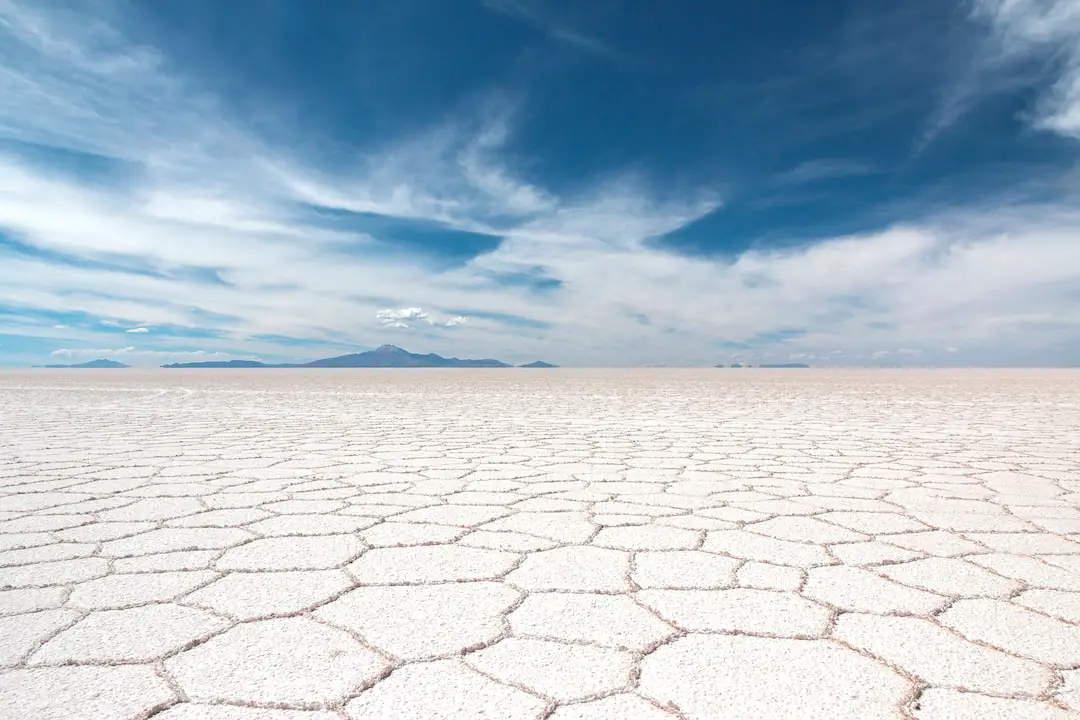
Tariquia Flora and Fauna National Reserve is an ecological paradise located in the southwestern region of Bolivia.
What to see or do: Explore the lush tropical forest, spot exotic animals such as jaguars, Andean condors, and macaws, and hike along the many trails that weave through this natural haven.
Visitors can also enjoy birdwatching, camping, and fishing in the reserve’s rivers.
Don’t miss: Make sure to visit the stunning waterfall of Salto de Laja, which flows into a crystal-clear lagoon that is perfect for swimming.
Insider travel tips: To fully experience the reserve, it is recommended to hire a guide who can provide valuable insights on the local flora and fauna.
Also, bring plenty of insect repellent, sun protection, and comfortable walking shoes for your outdoor adventures.